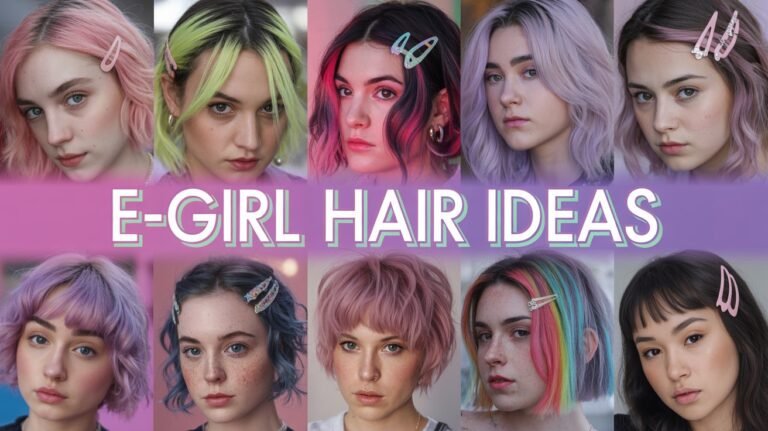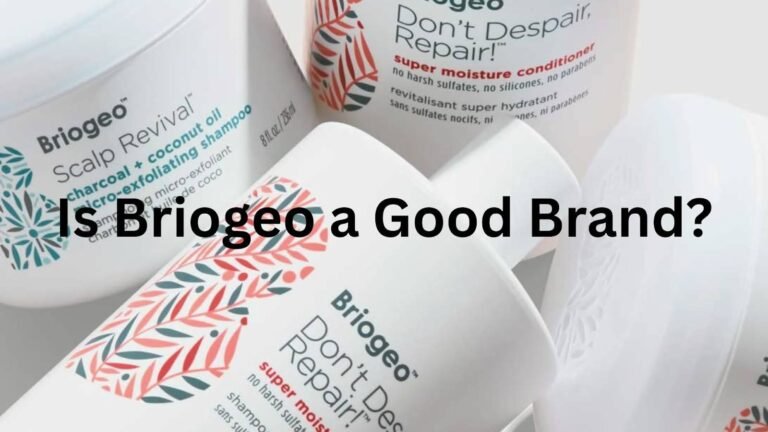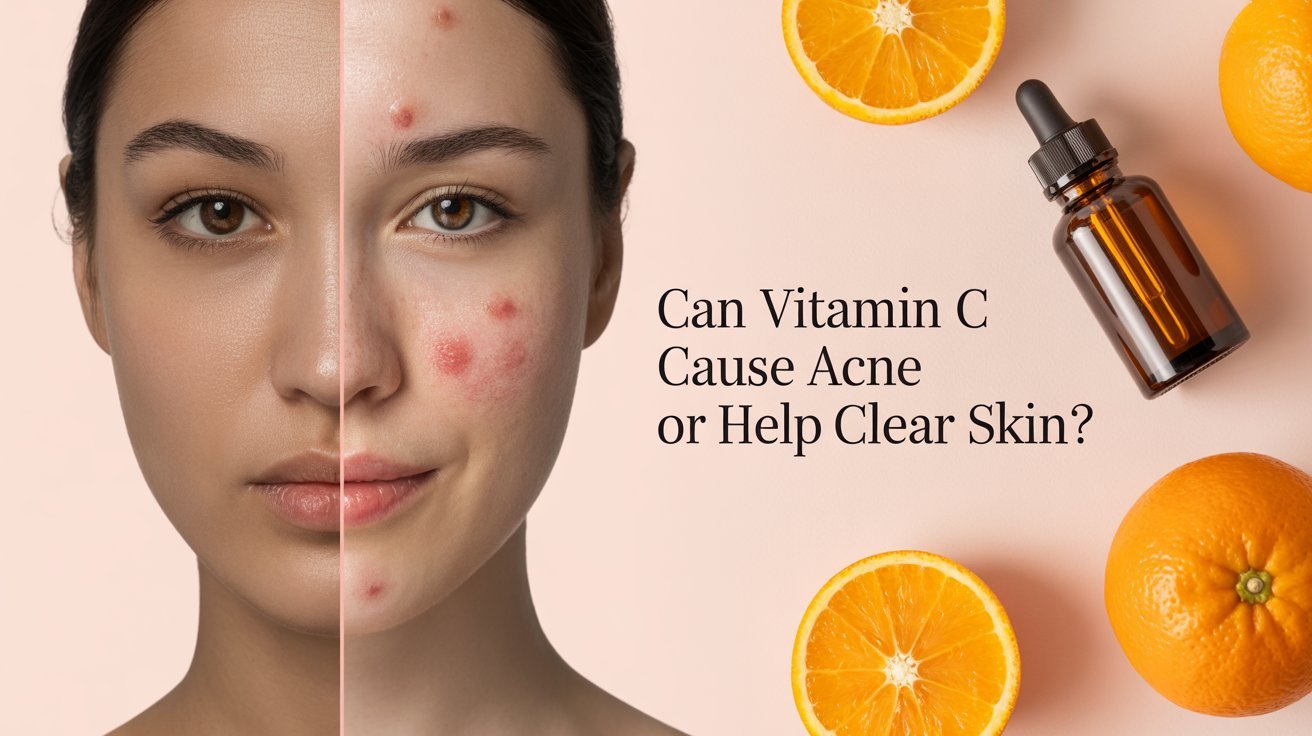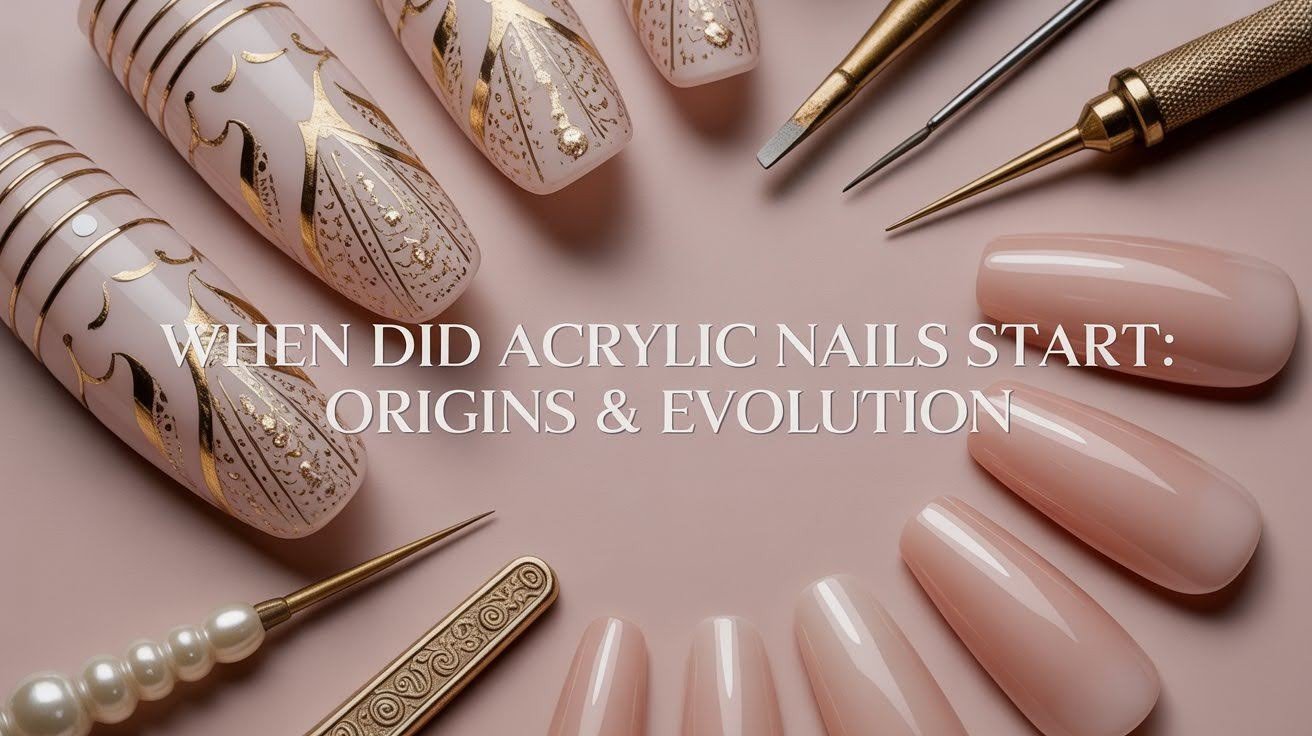Sodium Chloride in Shampoo: Harmful or Helpful for Hair?

I never paid attention to sodium chloride in shampoo until my hair started acting weird. It felt dry and my color faded fast. That’s when I realized this simple ingredient matters more than I thought.
You’re probably here because you spotted it on your bottle too. Maybe your hair feels off and you want answers. I get it. Sodium chloride in shampoo confuses a lot of people.
In this guide, I’ll break down what it does to your hair. You’ll learn if it’s safe for your hair type or if you should avoid it. I’ll cover the benefits, the risks, and exactly who needs to stay away.
By the end, you’ll know which shampoos work best for you.
What Is Sodium Chloride in Shampoo?

Shampoo makers add it as a thickener and stabilizer to keep your shampoo creamy instead of watery. The salt helps all ingredients mix together properly and prevents them from separating over time.
Three main reasons explain why it’s so common: it costs very little, manufacturers can get it anywhere, and it makes products feel luxurious.
People expect shampoo to feel thick and smooth. Salt gives that texture without expensive additives.
Potential Benefits of Sodium Chloride in Shampoo

Salt isn’t all bad. It actually helps in some ways.
1. Improves Product Texture
Nobody wants runny shampoo that slides through their fingers. Sodium chloride adds thickness. It makes the formula stay where you put it.
This viscosity helps you control how much you use. Less waste means your bottle lasts longer.
2. Enhances Cleansing Performance
Salt works alongside cleaning agents called surfactants. Together they lift away oil and product buildup more effectively.
Your hair gets cleaner because the salt helps the formula work better. It’s a team effort between ingredients.
3. Extends Product Stability
Shampoos with sodium chloride keep their consistency longer. The formula doesn’t separate or change the texture sitting on your shelf.
This stability means your shampoo works the same way from the first use to the last drop.
Is Sodium Chloride in Shampoo Bad for Hair?

Here’s where things get complicated. Salt can cause real problems for certain hair types.
How It Can Harm Hair and Scalp
Sodium chloride pulls moisture away. It strips the natural oils your scalp produces to protect your hair. This leads to dryness fast.
If you’ve gotten color treatment or keratin, salt weakens those chemical bonds. Your treatment fades quicker than it should.
Many people notice more frizz after using salty shampoos. Hair looks dull instead of shiny. Breakage increases because strands become brittle.
Your scalp might feel irritated too. Itching and flaking can develop from the drying effect.
When It’s Especially Problematic
After keratin treatments, sodium chloride is your enemy. It undoes the smoothing work in weeks instead of months.
Color-treated hair fades faster with salt exposure. Your expensive dye job washes out quickly.
Chemical processing of any kind makes hair vulnerable. Perms, relaxers, and bleaching all leave hair more sensitive to salt damage.
Dry hair already lacks moisture. Adding salt makes the problem worse. Curly hair tends to be naturally drier, so it suffers more.
Damaged hair with split ends and breakage can’t handle the extra stress salt creates.
When Sodium Chloride Is Safe to Use
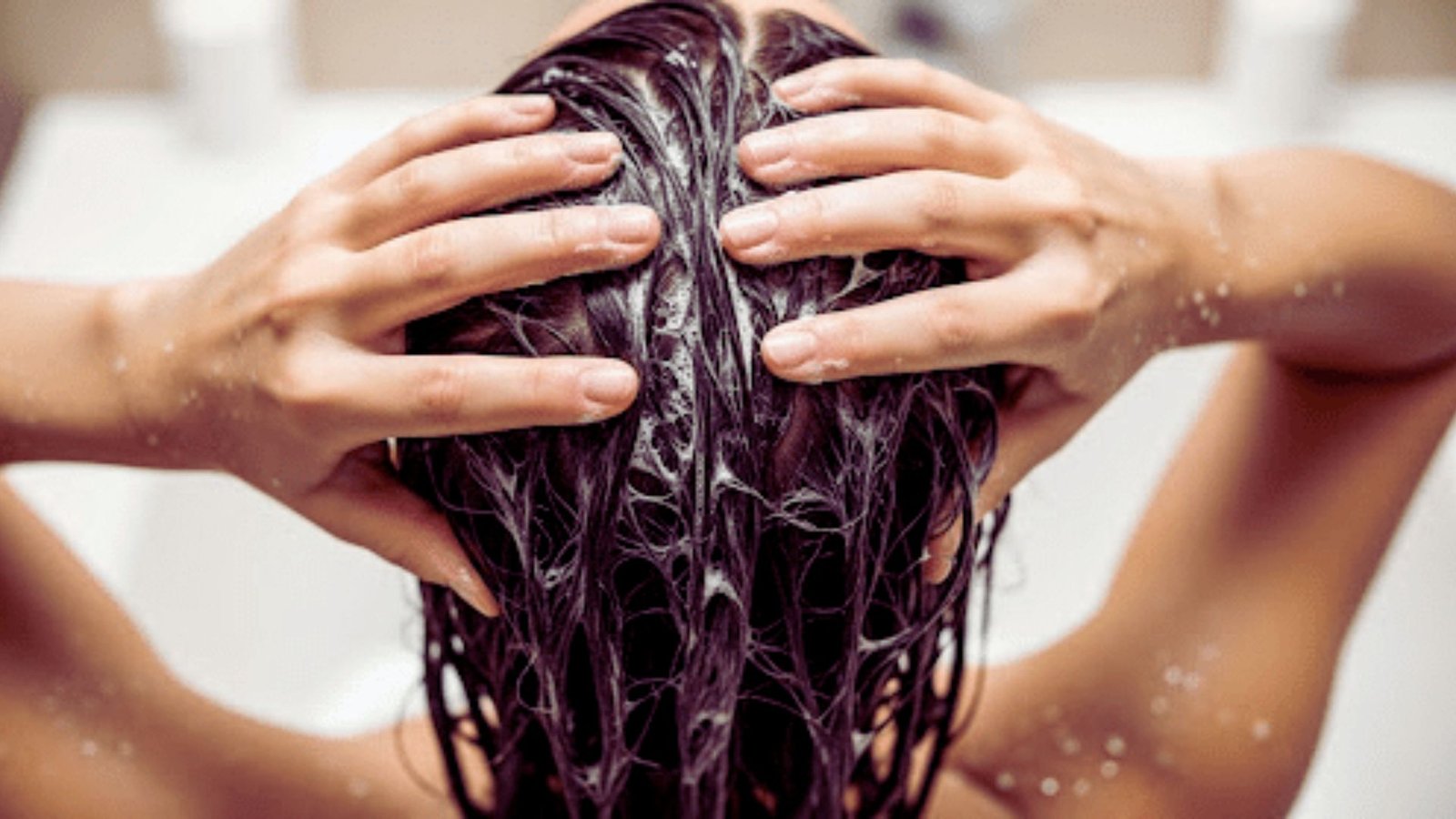
Not everyone needs to avoid sodium chloride completely.
For Whom It’s Not a Problem: If you have healthy, untreated hair, a little salt won’t hurt you. Oily hair types actually benefit because salt helps remove excess oil.
People who wash their hair once or twice a week give their scalp time to recover. The natural oils have time to balance out.
Using a good moisturizing conditioner after shampooing helps offset any drying effects. Look for products with aloe, glycerin, or natural oils.
Balanced formulas matter most. If your shampoo includes hydrating ingredients along with sodium chloride, the formula might work fine. The other ingredients can protect your hair from salt damage.
Moderation and Product Balance: Using a shampoo with sodium chloride occasionally won’t destroy your hair. The key is not using it every single day.
Focus on what else is in the bottle. A formula with good moisturizers, proteins, and gentle cleansers can work even with some salt added.
Think about your whole routine. If you deep condition weekly and use leave-in treatments, you might tolerate sodium chloride better.
Who Should Avoid Sodium Chloride in Shampoo

Chemically treated hair tops the list. This includes color, keratin, perms, and relaxers. All of these make hair more porous and vulnerable.
Dry, brittle, or frizzy textures struggle with sodium chloride since they need extra moisture. Sensitive scalps react badly to salt, causing flaking, itching, or irritation.
Watch for these warning signs: hair color fades quickly, keratin smoothness disappears in weeks, scalp feels itchy or tight after washing, hair texture seems rougher, more frizz than usual, and strands break easily when brushing.
These signs point to too much sodium chloride in your routine.
Expert Opinions & Scientific Insights
Here’s what hair professionals and chemists say about sodium chloride in shampoo:
- Trichologists confirm sodium chloride isn’t dangerous in small amounts, but overuse or poor formulas cause the real problems.
- Hair chemists warn that treated hair is most at risk since chemical processes change hair structure and salt can interfere with those changes.
- Experts recommend pH-balanced shampoos because they match your hair’s natural acidity and protect the hair shaft better.
- Sulfate-free formulas with hydrating ingredients are the safest option since they clean without stripping natural protection.
- The professional consensus: sodium chloride works fine for some people, while others need salt-free alternatives based on their hair type and treatment history.
Conclusion
My keratin treatment taught me the hard way about sodium chloride in shampoo. It faded in just three weeks instead of months. Now I check every label before buying anything.
Sodium chloride in shampoo isn’t bad for everyone. If you have healthy, oily hair, you’re probably fine.
But if your hair is treated, colored, or naturally dry, switching to salt-free shampoo could change everything. Flip your bottle over right now. Check those ingredients.
Your hair will tell you if it’s happy or not. Have you tried switching? Let me know in the comments what worked for you.
Frequently Asked Questions
Does sodium chloride cause hair loss?
Sodium chloride doesn’t directly cause hair loss. It can dry out your scalp and weaken strands, leading to breakage that looks like thinning.
Can I use shampoo with sodium chloride on color-treated hair?
You can, but it’s not recommended. Sodium chloride strips oils and makes your hair color fade faster with regular washing.
How do I know if my shampoo has too much sodium chloride?
Check if sodium chloride appears in the first five ingredients. Watch for excessive dryness, frizz, or scalp irritation after washing.
Are there natural alternatives to sodium chloride in shampoo?
Yes, look for shampoos with xanthan gum, guar gum, or plant-based thickeners. These create texture without drying your hair.
Should I avoid sodium chloride if I have an oily scalp?
Not necessarily. If you have healthy, oily hair without treatments, sodium chloride can help control excess oil. Just monitor how your scalp responds.




